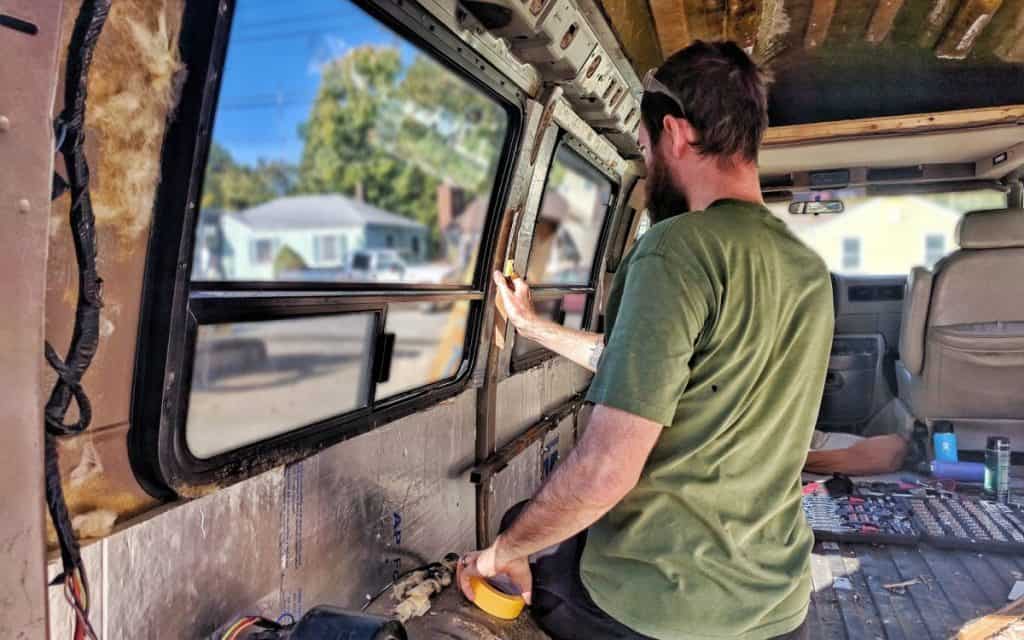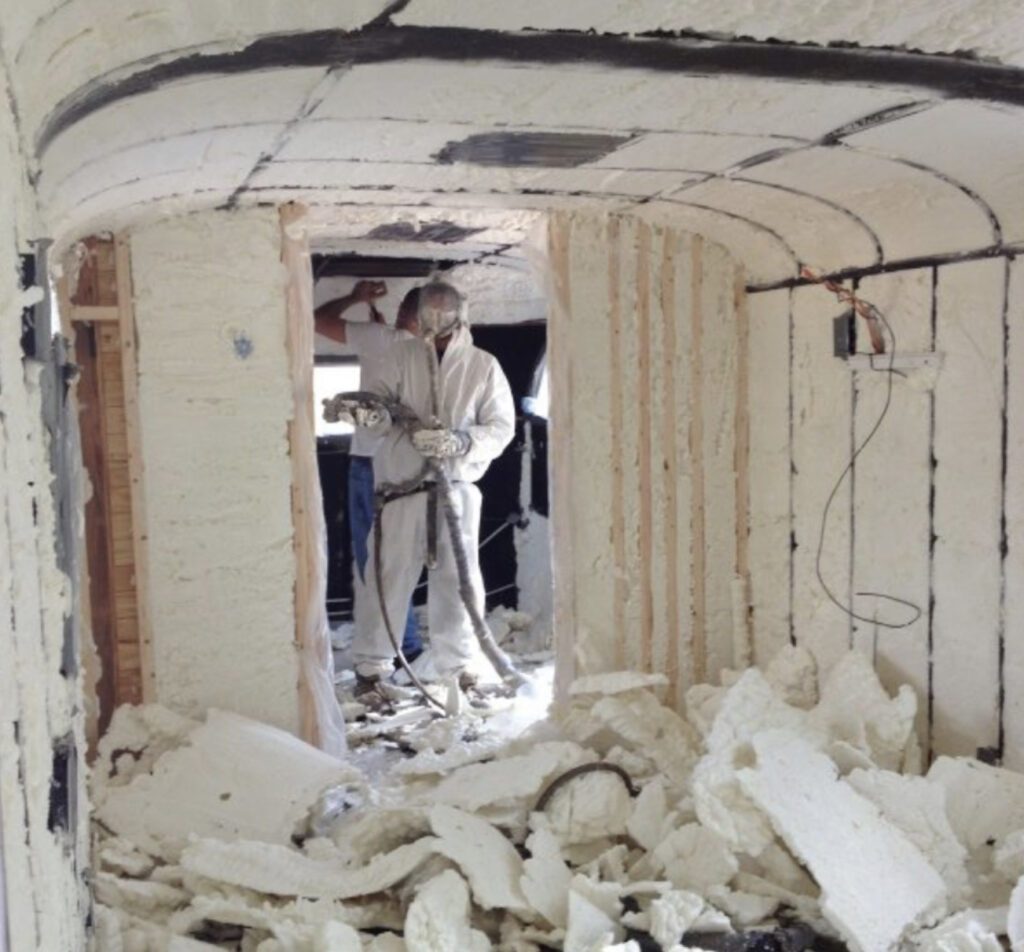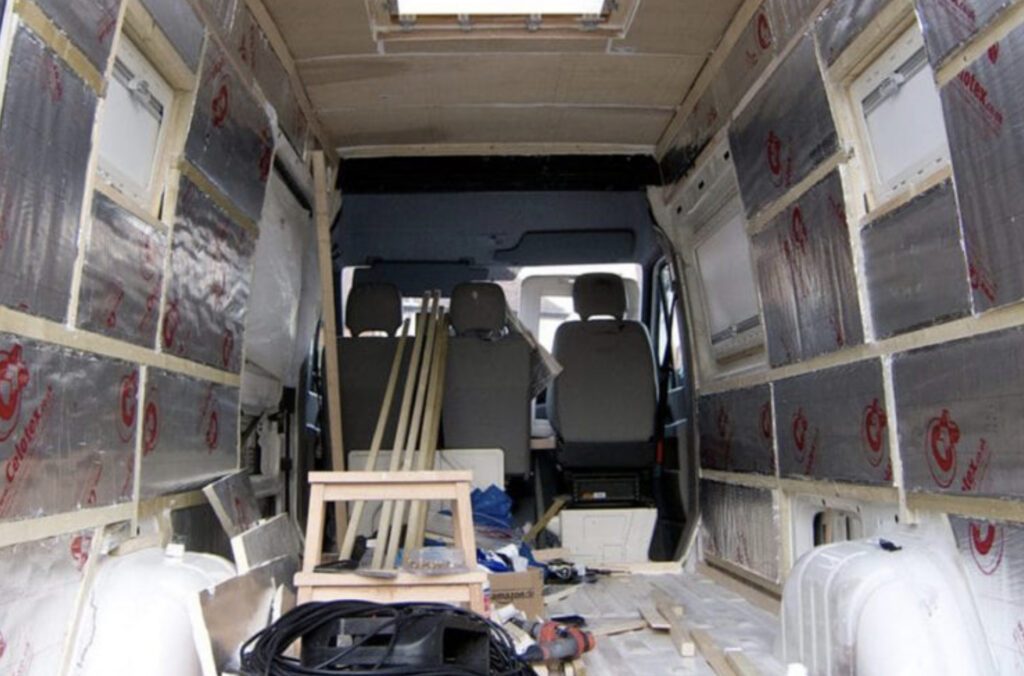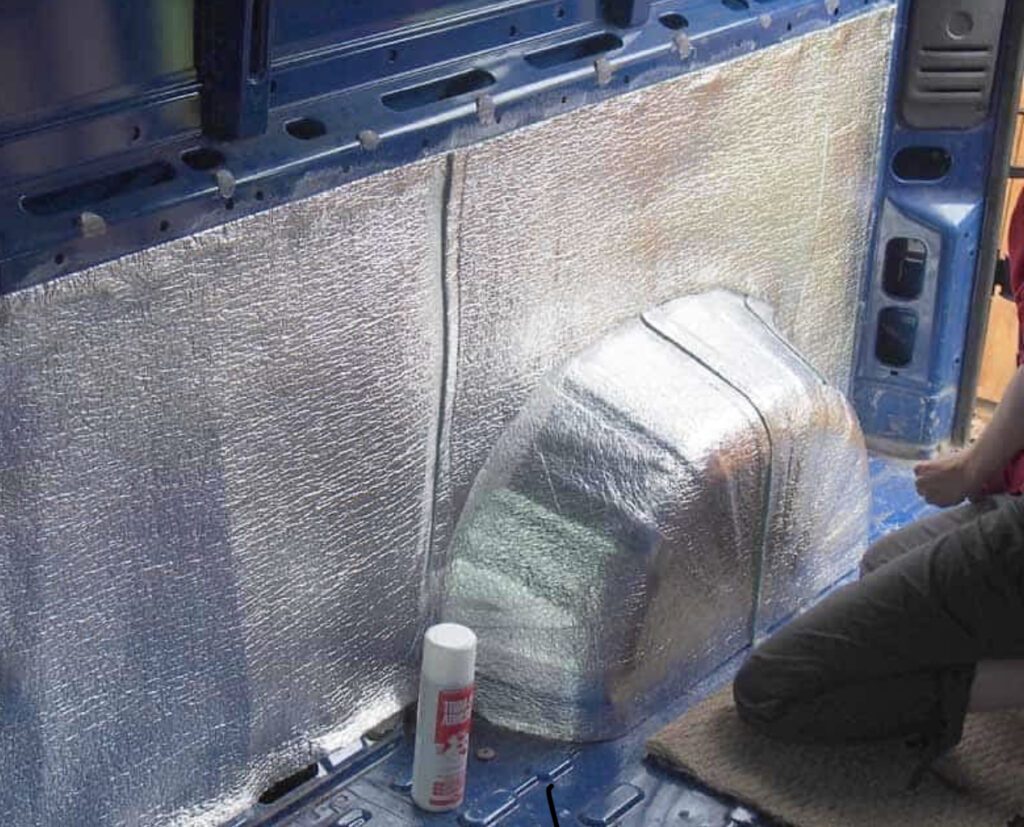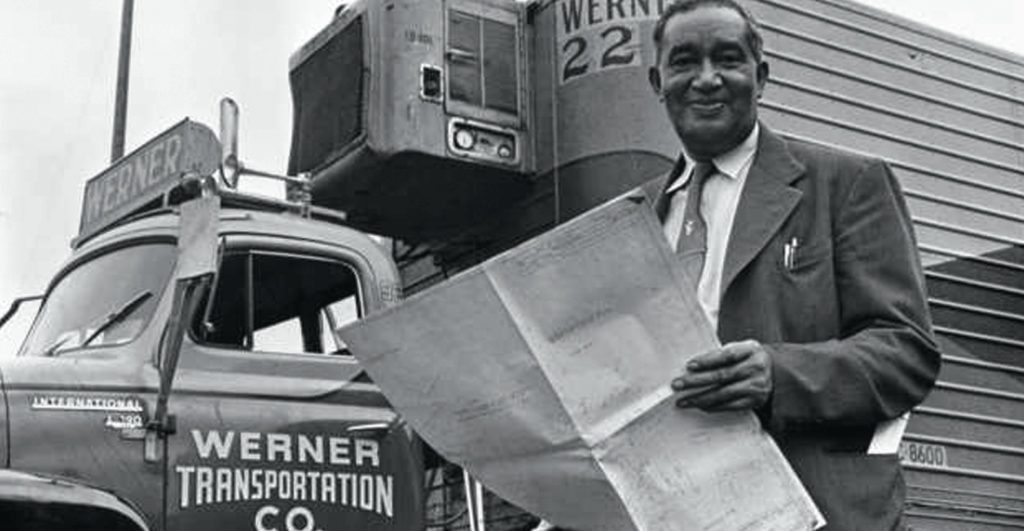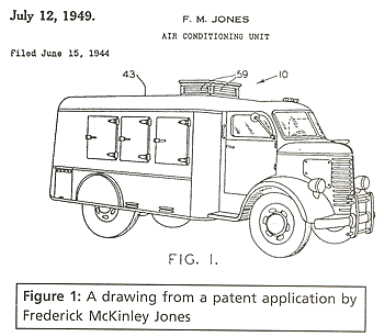
Refrigerated vans offer a multitude of commercial benefits across various industries, providing a reliable means of transporting temperature-sensitive goods.
Here are six key commercial advantages:
Preservation of Product Quality: One of the primary commercial benefits of refrigerated vans is the preservation of product quality during transportation. For businesses dealing with perishable goods such as fresh produce, dairy products, and meats, maintaining the right temperature is crucial. Refrigerated vans ensure that these products reach their destination in optimal condition, reducing spoilage and maintaining freshness. This, in turn, enhances customer satisfaction and reinforces the reputation of the business for delivering high-quality goods.
Expansion of Market Reach: Refrigerated vans enable businesses to expand their market reach by facilitating the transportation of perishable goods over longer distances. This is particularly beneficial for suppliers and distributors looking to serve a wider customer base. The ability to transport temperature-sensitive products reliably allows businesses to tap into new markets and reach consumers who may be located far from the production or distribution centers.
Reduction in Product Loss and Waste: Efficient temperature control in refrigerated vans significantly reduces the risk of product loss and waste. Businesses can transport larger quantities of perishable goods without concerns about spoilage, ensuring that products are not only delivered in optimal condition but also minimizing economic losses associated with wasted inventory. This reduction in product loss contributes directly to improved profitability for businesses.
Enhanced Supply Chain Efficiency: Refrigerated vans play a vital role in enhancing supply chain efficiency, particularly in industries where maintaining the cold chain is essential. From producers to distributors and retailers, a seamless and controlled transportation process ensures that goods move through the supply chain without interruptions. This efficiency is crucial for just-in-time delivery practices, allowing businesses to optimize inventory management and respond promptly to market demands.
Compliance with Industry Regulations: Many industries, such as the food and pharmaceutical sectors, have stringent regulations regarding the transportation of temperature-sensitive products. Refrigerated vans enable businesses to comply with these industry-specific regulations, ensuring that products are transported in a manner that meets safety and quality standards. Compliance with regulations not only avoids legal issues but also builds trust with customers who value adherence to established industry standards.
Cost Savings and Improved Resource Management: While the initial investment in refrigerated vans may seem substantial, the long-term cost savings can be significant. By minimizing product loss, businesses reduce the need for constant replenishment of inventory, resulting in cost savings over time. Additionally, efficient supply chain management, including the use of refrigerated vans, allows businesses to optimize their resources, streamline operations, and potentially reduce overall transportation costs.
Diversification of Product Offerings: Refrigerated vans empower businesses to diversify their product offerings. This is particularly relevant for those dealing with a variety of perishable goods. The ability to transport items with different temperature requirements, such as frozen foods, chilled beverages, and pharmaceuticals, allows businesses to expand their product range and cater to diverse customer needs.
In conclusion, the commercial benefits of refrigerated vans are significant for businesses involved in the transportation of temperature-sensitive goods. From preserving product quality and expanding market reach to reducing product loss and ensuring regulatory compliance, these vans contribute to improved supply chain efficiency and enhanced overall profitability. The investment in refrigerated transportation not only safeguards the integrity of perishable products but also positions businesses to thrive in competitive markets with high expectations for quality and reliability.



